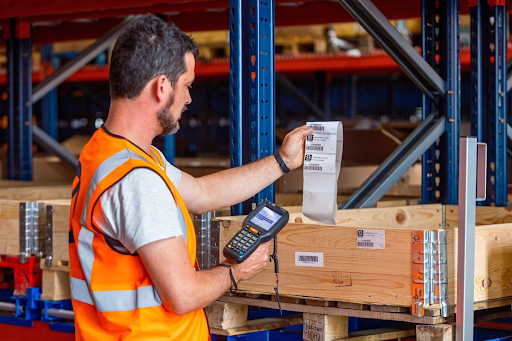Running a successful commercial site means managing hundreds of details—electrical wiring is one of the most vital. While it often stays hidden behind walls and ceilings, the quality and type of wire used can determine the safety, efficiency, and future-proofing of a building. Knowing the ins and outs of building wire specifications helps developers, contractors, and facility managers make smart, cost-effective decisions from the ground up.
Meeting Electrical Demands in Commercial Settings
Commercial buildings rely on a complex grid of electrical systems to function smoothly. Offices, warehouses, retail stores, and manufacturing units each have different power requirements. Lighting, heating, air conditioning, and countless plugged-in devices create a continuous demand for electricity. Poorly chosen wires can overheat, underperform, or wear out quickly, leading to costly maintenance or dangerous hazards. That’s why understanding current loads, voltage ratings, and usage patterns is essential during the planning phase of any electrical project.
Types Of Building Wire And Their Applications
The term building wire refers to electrical conductors installed inside buildings for power distribution. These wires are designed to carry electricity from the main service panel to outlets, lights, and appliances. Most building wires are made from copper or aluminum and come with various insulation materials suited for different conditions. For example, THHN (Thermoplastic High Heat-resistant Nylon-coated) wire is widely used in commercial construction due to its strength and temperature tolerance. In damp environments, you might need XHHW wire, which offers extra moisture resistance. Choosing the correct building wire ensures long-term safety and performance.
Building Wire Specifications That Matter
Once you know the type of wire you need, it’s time to dive into specifications. These specs include conductor size (measured in AWG or American Wire Gauge), insulation type, voltage rating, and allowable ampacity. Ampacity, in particular, determines how much current the wire can carry without overheating. It’s influenced by installation conditions—whether the wire runs through conduit, across ceilings, or within walls. Insulation ratings also determine whether a wire can withstand high temperatures or exposure to moisture. Building wire must meet NEC (National Electrical Code) standards to comply with safety regulations. Selecting wires that meet or exceed these codes isn’t optional—it’s crucial. This makes building wire a central piece of every safe and efficient electrical system.
The Role Of Wire Color And Markings
Though often overlooked, color codes and markings play a critical role in commercial wiring. Color indicates wire function—black or red typically means hot, white is neutral, and green or bare wire is ground. In a busy electrical panel, this quick visual cue helps electricians avoid mistakes. Markings on the insulation provide information about wire type, manufacturer, voltage rating, and compliance with standards.
Installation Best Practices And Safety Checks
Even the best building wire can fail if installed incorrectly. Professional electricians follow strict procedures for stripping insulation, securing connections, and routing wires through conduits or raceways. Overloaded circuits, tight bends, or improper terminations can all lead to overheating or system failure. Post-installation testing ensures each circuit is functioning correctly and that safety systems like breakers and fuses are working as intended. Keeping wire maps or schematics also aids future maintenance and expansion.
Conclusion
Commercial construction is a team effort, and electrical systems are its lifeblood. From choosing the right type of building wire to understanding its specs and installing it with care, every decision counts. Ignoring these details can lead to failures, hazards, or expensive overhauls. But when done right, the result is a safe, efficient, and reliable power network that supports the success of the entire commercial operation.



